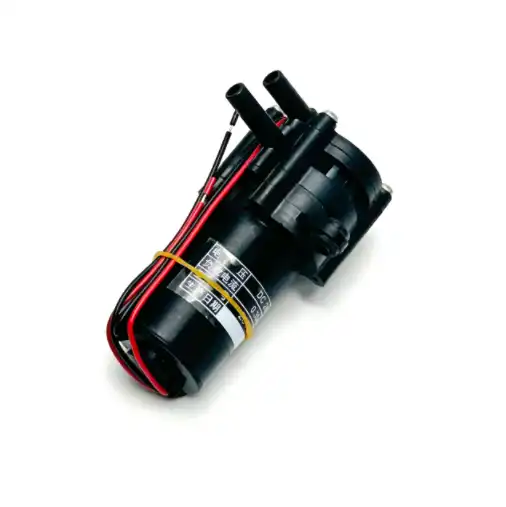Coffee machine pump repair
2024-08-20 13:48:33
Coffee machines have become an essential part of many households and businesses, providing that much-needed caffeine boost to start the day or power through an afternoon slump. But as with anything else, coffee makers may encounter issues; among the most prevalent are pump flaws. With the guidance of this share, you will be able to identify and resolve problems with the coffee machine pump so you can get back the full brewing beauty of your cherished coffee maker.
Diagnosis
The first step in addressing any coffee machine issue is a proper diagnosis. Concerning difficulties with pumps, there are a few alert signs to be cautious about. One of the most obvious indicators is the unusual noises coming from the machine during the brewing process. If you hear grinding, clicking, or buzzing sounds when you attempt to make coffee, it could be a sign that the pump is struggling or failing.
Another common symptom of pump issues is weak water flow or a complete lack of water coming from the coffee spout. If your machine seems to be running but produces little to no coffee, the pump may be unable to generate sufficient pressure to force water through the coffee grounds.
Important to bear in mind is that you ought to disconnect the coffee maker each time you attempt any further monitoring or fixes. This safety precaution prevents any risk of electric shock and protects both you and the appliance from potential damage during the repair process.
In some cases, the issue might not be with the pump itself but with related components. For instance, a clogged water line or mineral buildup in the machine can mimic pump failure symptoms. Therefore, it's essential to consider all possibilities during the diagnostic phase.

Gather Information
Once you've identified that there might be a pump issue, the next step is to gather crucial information about your coffee machine. The most important piece of information is your machine's specific model number. This data typically appears on a label on the system's back or underside, or if you have retained it, in the owner's booklet.
Knowing your machine's exact model is crucial for several reasons. First, it allows you to consult the correct user manual or find specific online guides for your machine. Different brands and models can have vastly different internal layouts and repair procedures, so having the right information is key to a successful repair.
Secondly, if you determine that the pump needs to be replaced, you'll need the model number to find a compatible replacement part. Coffee machine pumps are not universal, and using an incompatible pump can lead to further issues or even damage your machine.
With your model number in hand, start researching replacement pumps. Many online retailers specializing in appliance parts offer search functions where you can input your model number to find compatible parts. Additionally, some coffee machine manufacturers sell replacement parts directly, which can ensure you're getting a genuine, compatible component.
Disassembly
Your coffee maker needs to be uninstalled before you can get to the reservoir. Checking out a specific internet-based guide for the machine's brand or consulting the owner's guide is essential as this process might change greatly across companies and variants.
Generally, the disassembly process involves removing the outer casing of the machine. This may require removing screws, which are often hidden under rubber feet or behind panels. Be sure to keep track of all screws and components as you remove them, perhaps by taking photos or laying them out in the order of removal.
Once the outer casing is removed, you should be able to locate the coffee machine pump. In most machines, it's positioned near the water reservoir, often at the bottom of the machine. The pump is typically connected to water lines and the power supply.
During disassembly, be cautious of any electrical components or sharp edges. It is far preferable to seek professional help if you are hesitant or unpleasant during the process than to run the danger of damaging your machine or injuring yourself.
Repair or Replacement
With the pump exposed, you can now assess whether repair or replacement is necessary. Start with a visual inspection of the pump and surrounding area. Look for any signs of damage, such as cracks in the pump housing, corroded electrical connections, or water leaks.
If there's no visible damage, the issue might be due to a blockage. Over time, mineral deposits from water can build up in the pump, impeding its function. In some cases, you may be able to clean the pump to restore its operation. Carefully disconnect the pump from the water lines and power supply. Then, using warm water and a soft brush, gently clean the inlet and outlet valves of the pump. Be sure not to use any harsh chemicals that could damage the pump components.
After cleaning, reconnect the pump and test the machine. If the problem persists, or if you noticed visible damage during your inspection, replacement is likely necessary. To replace the pump, carefully disconnect it from the water lines and power supply. Take note of how it's positioned and connected, as you'll need to install the new pump in the same way. Install the new pump, ensuring all connections are secure. Double-check that water lines are properly attached and that there are no kinks or bends that could impede water flow. Once everything is connected, reassemble your machine, taking care to replace all components and screws in the correct order.
After reassembly, plug in your machine and run a brewing cycle without coffee to test the new pump. If water flows normally and there are no unusual noises, your repair has likely been successful.
Coffee machine pump supplier
When it comes to sourcing replacement pumps for coffee machines, there are several options available. One notable supplier in this space is Topping Motor, a company that specializes in producing various components for coffee and vending machines.
Topping Motor offers coffee machine pumps with a range of voltage options, including DC 12V/24V and 6~36V. This variety allows their pumps to be compatible with a wide range of coffee machine models. Additionally, they offer customized parts, which can be particularly useful for less common or older coffee machine models.
For those in need of a coffee machine pump or considering their options for manufacturers, Topping Motor can be contacted at sale@huan-tai.org. Their experience in producing coffee machine components makes them a potential resource for both individual repairs and business supply needs.
It's important to note, however, that while companies like Topping Motor can be valuable resources, always ensure that any replacement part you choose is fully compatible with your specific coffee machine model. Using an incompatible pump can lead to poor performance or even damage to your machine.
References:
1.Illy, A., & Viani, R. (Eds.). (2005). Espresso Coffee: The Science of Quality. Academic Press.
2.Schomer, D. (2004). Espresso Coffee: Professional Techniques. Espresso Vivace.
3.Home-Barista.com. (n.d.). Pump Espresso Machine Maintenance and Repair.
4.Seattle Coffee Gear. (n.d.). How to Repair Your Espresso Machine.
Send Inquiry
Related Industry Knowledge
- How often do you clean a Coffee Bean Hopper?
- How do you make coffee with a sieve?
- Does a grinder make a difference espresso?
- How to evaluate the performance and stability of the Control Board For Vending Machine?
- Is a built-in coffee grinder worth it?
- What Role Do Mixing Systems Play in Enhancing Coffee Quality?
- What technologies are involved in upgrading the Vending Machine Board?
- What Is a Coffee Bean Hopper?
- What does a solenoid valve do in an espresso machine?
- What technologies does a vending machine with camera use?

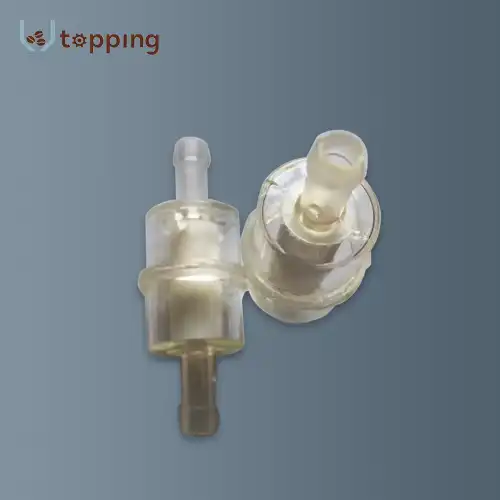
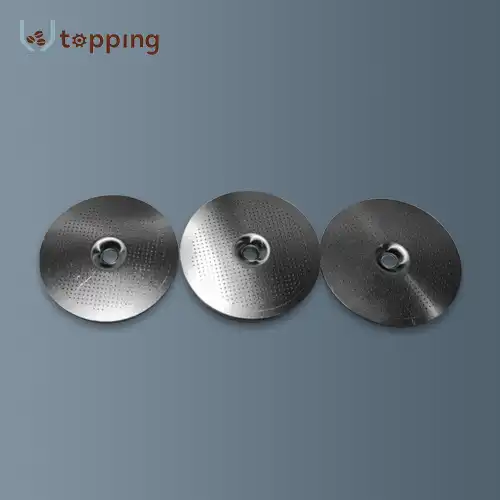
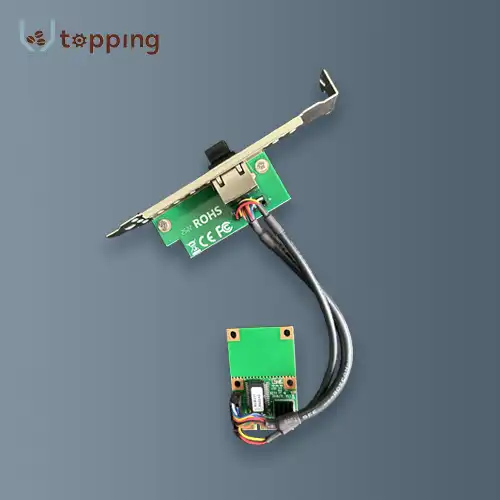
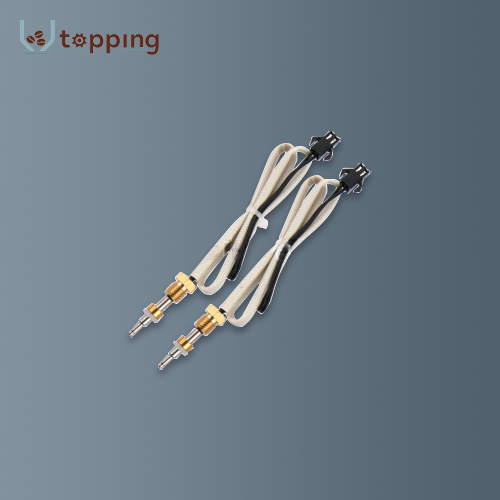
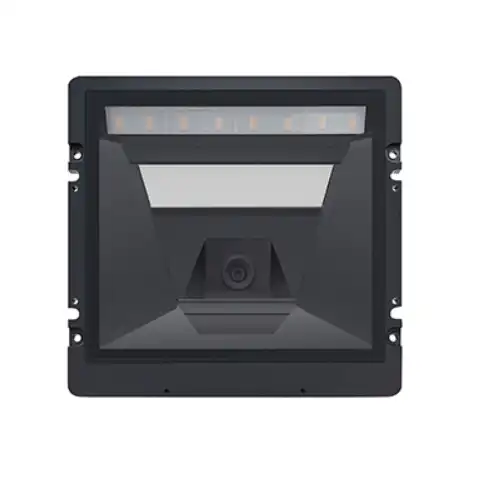
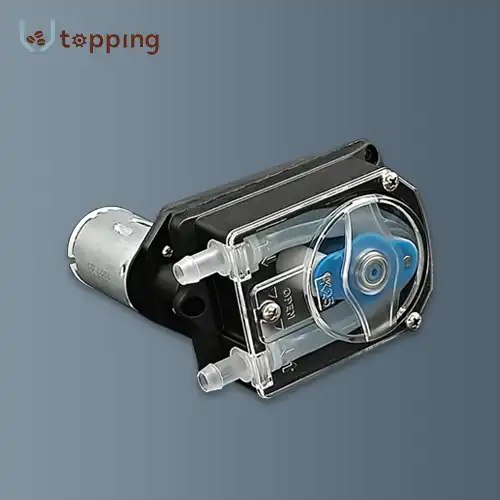
.webp)
